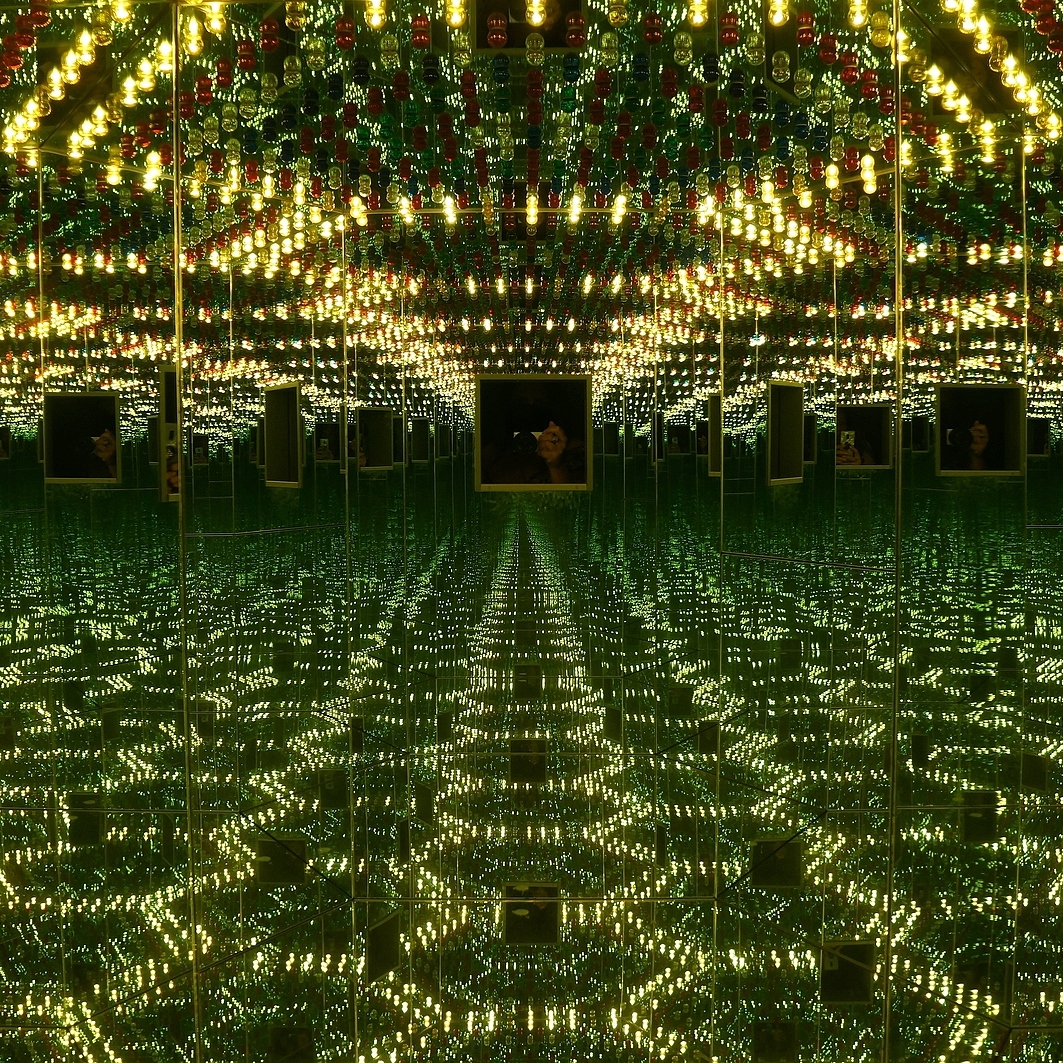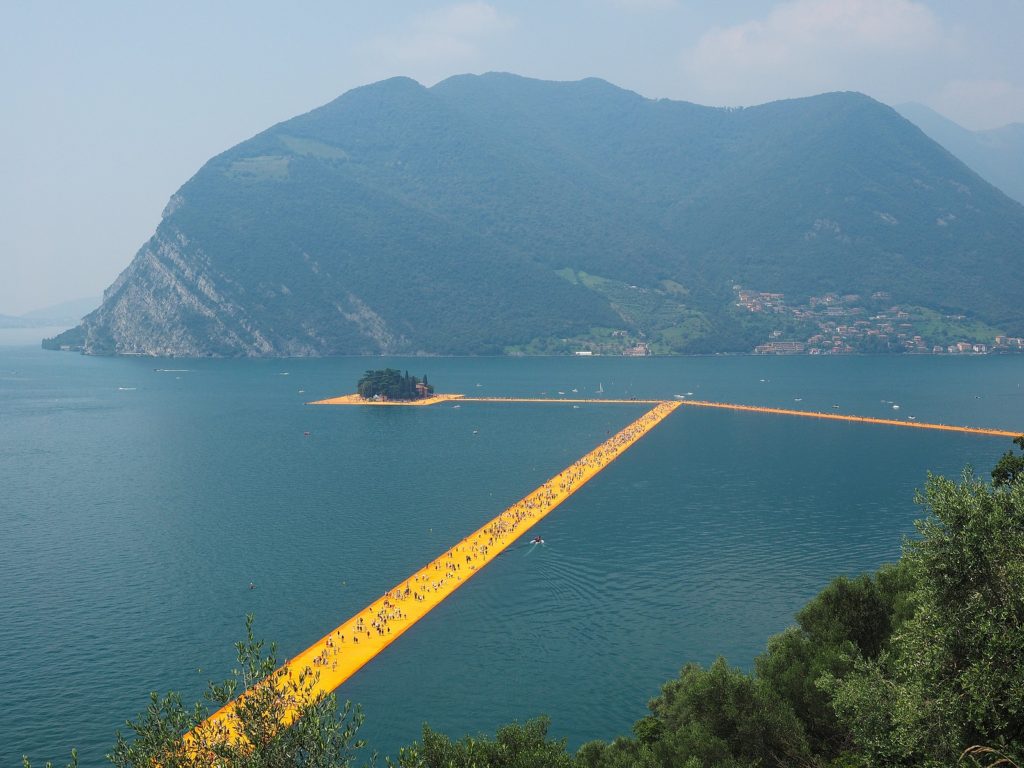Some works of art are portable and context-independent. You can move the painting or sculpture to a different place, and it will still be amazing. Yet, some artists redefine the boundaries between art and the environment in which it is displayed with the help of site-specific artwork installation. This approach to art means that the art object is designed with a particular location in mind. When it is installed, it augments the chosen space and becomes a natural part thereof, thus creating a new immersive experience for the visitors.
Why Do Artists Engage Space in Art Creation?
One common reason for setting up site-specific artwork is the enhancement of art’s ephemeral features. Art objects that are connected with and dependent on the elements of their environment gradually decay as the context changes. They can’t be encased in a wooden crate and placed into storage or moved to another location. In the majority of cases, such art objects become extinct as the public space where they are created is renovated.
Besides, site-specific artwork installation deepens its experiential dimension by giving viewers a broader connection between the public space and the art object. The artwork and its place of creation and installation become one in the artistic process, and it may be hard to embrace the esthetic or intellectual message of the artist when viewing the art object outside its context.
Famous Examples of Site-Specific Artwork Installation
Let’s take a look at a couple of examples of site-specific art objects to illustrate the significance and value of this art type. World-famous works include:
- Christo and Jeanne-Claude’s site-specific art objects. This artist duo was famous for their creative ephemeral art objects that transformed public spaces. Among the best-known projects by Christo and Jeanne-Claude are “The Gates” in New York, “Wrapped Reichstag” in Berlin, and “The Floating Piers” on Lake Iseo.
- Yayoi Kusama’s “Infinity Mirror Rooms.” These site-specific art installations created by Kusama around the world offer a unique, dreamlike experience to visitors. The use of mirrors and the play of light help the artist create the visual effect of an infinite visual loop. This way, Yayoi Kusama tries to show how the interior can become an active part of experiencing art.
Regardless of whether the art object is placed in a crowded urban space, a museum, or a natural location, it always comes with a transformative effect on how people perceive both art and space.

